Read the latest information on
Foot-and-mouth disease
Broadly speaking, livestock biosecurity is a set of measures for protecting a population from infectious diseases at the national, regional and farm level. It is about managing risks to prevent infectious diseases, pests and weeds entering livestock properties; and to prevent them spreading from an infected property to an uninfected property.
On this site we’ve divided livestock into the following groups, based on the resources we have for producers to help implement biosecurity measures on-farm:

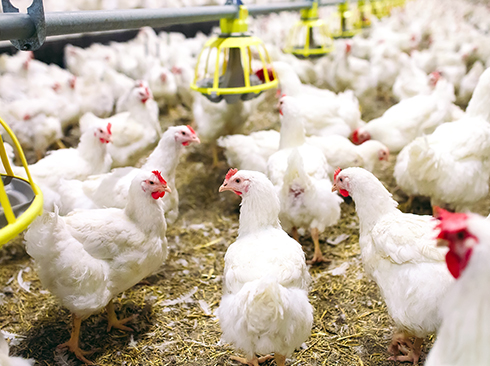
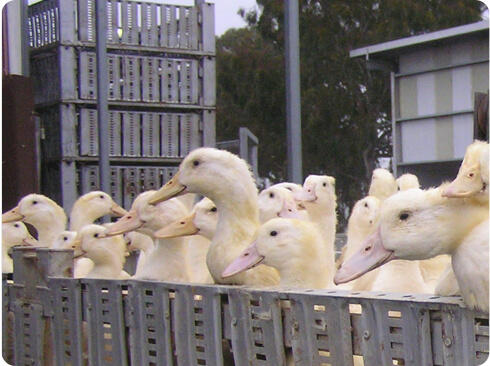
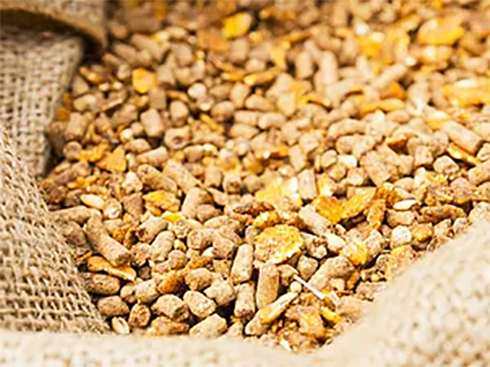
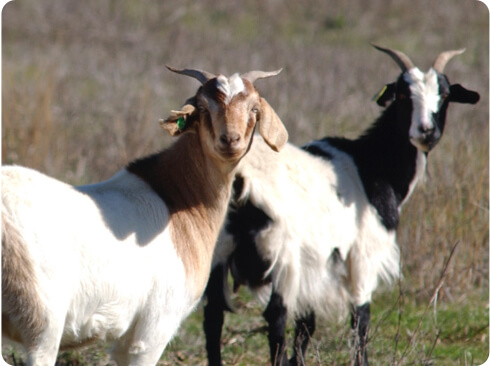
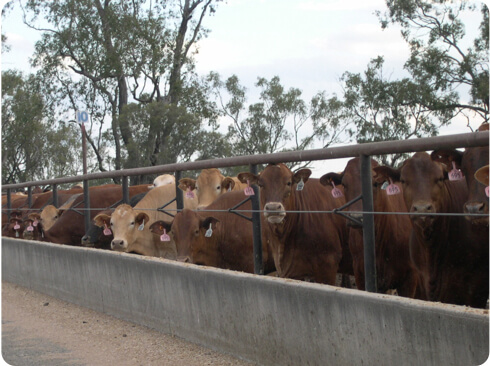
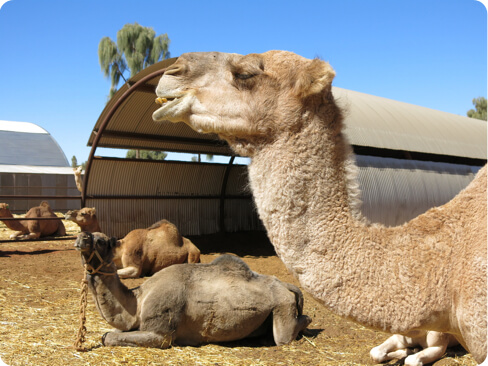

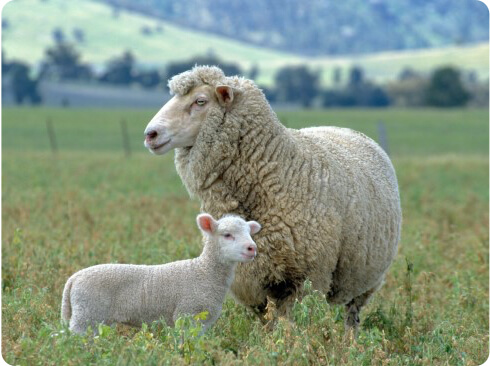
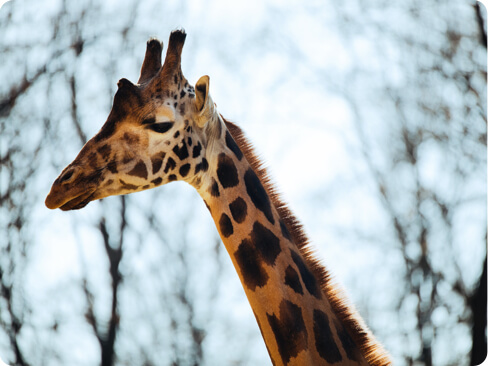
The manuals and other resources in each of these sections were developed by Animal Health Australia, in conjunction with the relevant peak industry body.
Owners, managers and handlers of livestock share a responsibility with governments, scientists, veterinarians and the community to help protect Australian livestock from the introduction and spread of diseases, as well as for reducing the incidence of existing diseases.
By taking up the biosecurity practices recommended on this website, you can contribute directly to Australia’s ability to cope with a potential disease outbreak, and minimise the cost of its control and eradication at the farm and industry levels.